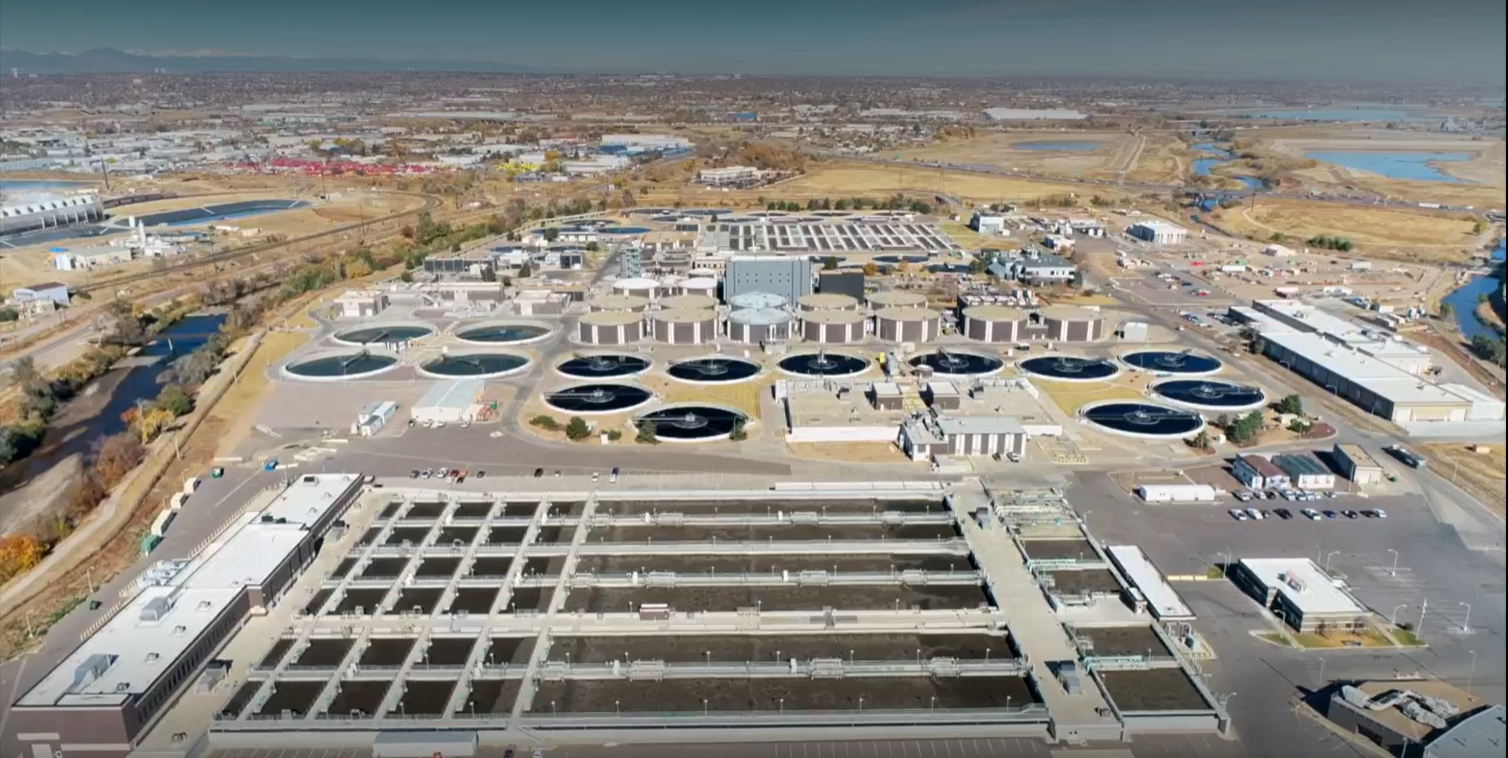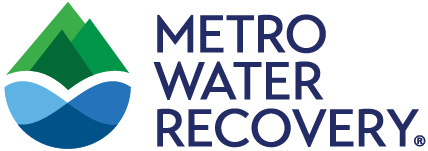What’s a Connector and How Does Metro Work With Them? Find out Here!

Did you know that advances in wastewater treatment are among the most important engineering achievements in the 20th century? A series of studies in the late 1950s stressed that early sewage treatment plants in the Denver basin were overloaded and posed a serious threat to public health and the environment. These studies spurred a plan to form a ‘special district’ comprising of local sanitation authorities. The plan allowed for local sanitation authorities to remain intact and perform their own local functions. On May 15, 1961, civic leaders representing 13 metropolitan Denver cities signed an historic agreement that created the Metropolitan Denver Sewage Disposal District No. 1.
Under the agreement, authorities would divert their wastewater to a single, modern treatment facility in Denver. This facility, initially named the Central Treatment Plant but now called our Robert W. Hite Treatment Facility (RWHTF), has provided secondary treatment of wastewater since its inception in May 1967.
Over the years, Metro Water Recovery has continued to utilize innovative technologies and processes to meet and even exceed regulations. The Northern Treatment Plant in Brighton, which opened for operations in 2016, provides wastewater treatment for the growing north metro area. As the Denver area continues to grow in population, our work has helped preserve the integrity of public health and the environment in the Denver metro area.
Today, Metro Water Recovery continues to operate as a special district, and we continue to work with local sanitation authorities. In fact, we currently work with 61 cities and sanitation districts called connectors across an 805-square mile service area. Our connectors utilize an expansive system of transmission pipelines to bring their wastewater to our facilities, where we recover about 130 million gallons of wastewater per day at the RWHTF and 4.5 million gallons per day at the NTP. Learn more about our facilities here.
Of the 60 cities and sanitation districts that we work with, 22 have voting representation on the Metro Water Recovery’s Board of Directors. The remaining entities, called special connectors, do not have voting representation on the Board. Metro’s Board of Directors provides key oversight on the organization’s planning and decision-making, including funding.
These connectors and special connectors maintain their own billing systems for customers within their boundaries. This means that if you live within our service area, we treat your wastewater but you pay a sewer bill to your local city or sanitation district. For any questions about your sewer bill, please reach out to your local connector.
